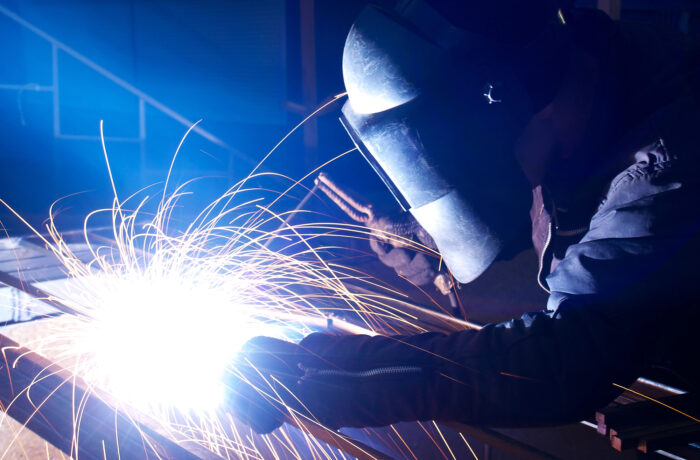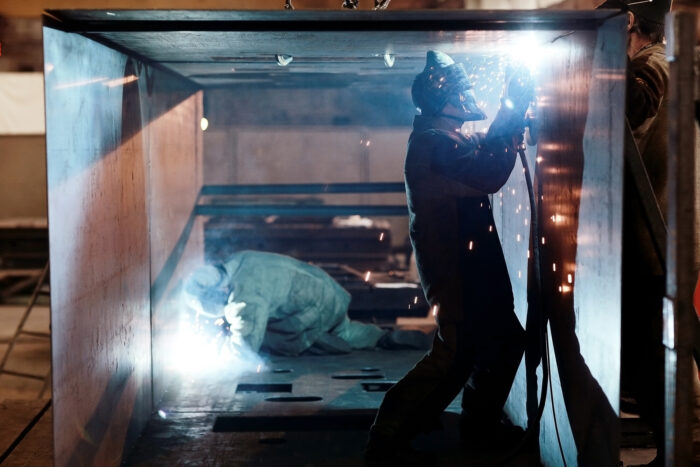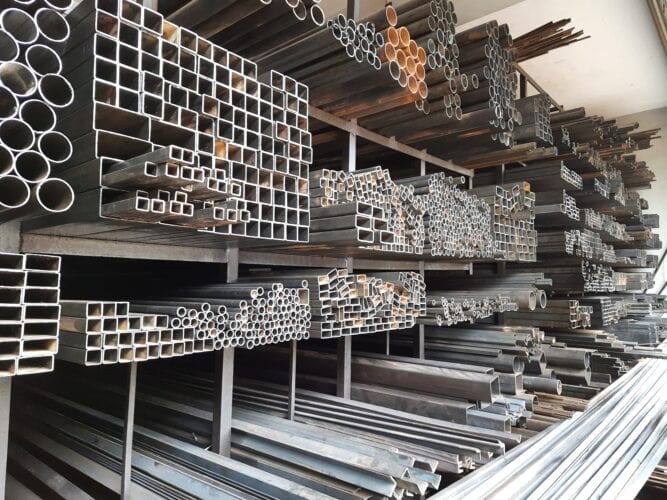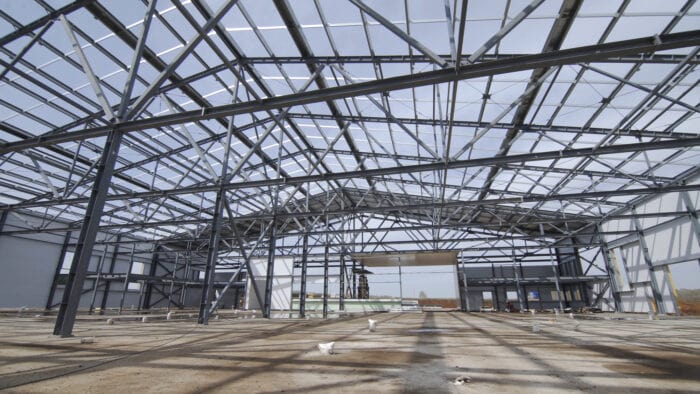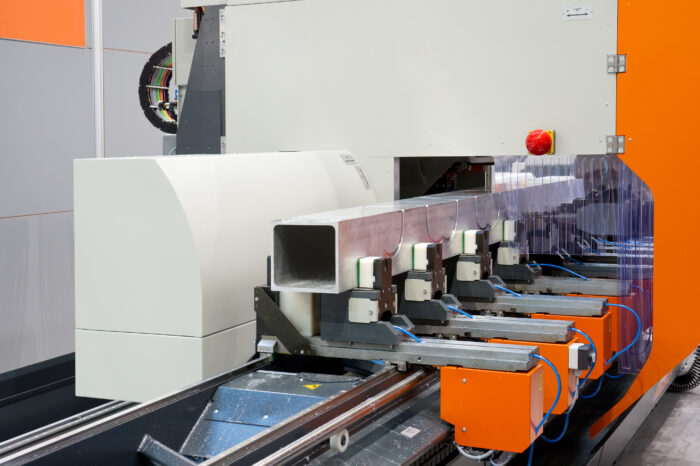A manufacturing process involving shaping and manipulating thin, flat sheets of metal, sheet metal fabrication is used to create different products for different industries and applications. With a market size valued at $1.1 billion in 2023 and though projected to be in decline, sheet metal still remains a crucial material used in fabrication. In this article, we’ll learn more about the sheet metal fabrication process, industries it applies to and how to choose the right fabricator for your needs.
Why sheet metal?
Sheet metal is strong, durable and can withstand more pressure and heat when compared to plastic and other materials, in addition to being malleable, cost-effective and sustainable. For these reasons, it becomes a good choice as a raw material for a variety of industries.
It is also more cost-effective especially when it comes to large-scale production as it can be easily mass produced using automated fabrication processes, which reduces production time and increases efficiency. Plus, metals are long lasting so they match the quality needs of many industries.
How does sheet metal fabrication work?
Sheet metal fabrication typically involves some key steps which may differ based on the product, starting with planning to specify the tolerances, dimensions, materials and other specifications needed to deliver a quality final product.
The types of sheets used in fabrication can be made from different materials, including aluminium, steel, stainless steel, copper and brass to meet the desired shape and characteristics of the final product. It’s important to understand the characteristics of each metal because how structural steel fabrication works can differ from how aluminium fabrication works.
After the design is finalised, the specific sheet metal material is prepared and ready for fabrication. It can be cut, bent, shaped, welded and assembled to create products such as automotive parts, machine components, appliances, etc. Finally, the sheet metal will need to be finished using processes such as sanding, polishing, grinding or painting to improve its appearance, durability and finish.
A good fabricator will also follow stringent quality control steps throughout the fabrication process to ensure the finished product meets all standards and is free from defects, while ensuring safety of all workers.
Ultimately, the processes used will depend on the complexity and requirements of the project. Skilled workers who have expertise in sheet metal, steel and aluminium fabrication in Sydney are best equipped to ensure precision and quality of the final product.
What industries use sheet metal fabrication?
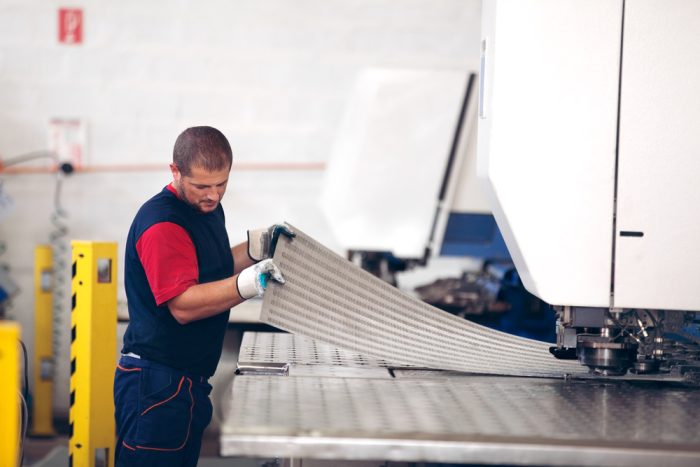
Many industries require sheet metal fabrication in Sydney. Sheet metal fabrication is used for industries such as automotive, aerospace, construction, manufacturing, civil works, heavy engineering, energy and mining and more because it is a versatile and cost-effective way to create custom metal parts and structures with high precision and durability.
In the aerospace sector, for example, sheet metal fabrication is used to produce structural components, engine parts and components for wings. For the automotive sector, sheet metal fabrication is used extensively to produce engine parts, body panels, exhaust systems, brackets and more. It is also a popular fabrication process for pipes and ducting, windows and doors, roofing and cladding used in construction.
Sheet metal fabrication is a highly versatile process that can align with the needs of a multitude of Sydney-based and Australia-wide industries that may need custom metal components and structures.
What metals are used in sheet metal fabrication?
As a versatile process, sheet metal fabrication involves the use of different types of metals, including:
Steel
Steel is strong and durable and can be fabricated into a variety of products and structures for automotive, aerospace and construction industries, which is why it is a popular material in sheet metal fabrication.
Stainless steel
Stainless steel is one of the best materials to provide resistance to rust, corrosion and stains, again, making it a great choice in sheet metal fabrication. Stainless steel fabrication in Sydney using sheet metal is best suited to industries requiring products with high levels of corrosion resistance, such as medical, maritime and food businesses.
Aluminium
Known for its lightweight and corrosion-resistant properties, aluminium has become an important part of a variety of applications such as shipbuilding, automotive engineering and electronics development. Sheet metal fabrication transforms flat aluminium sheets into the desired shape through a variety of techniques.
Copper
Copper is a soft, malleable metal known for its thermal and electrical conductivity. It works well for electrical and electronic components and can also be turned into different shapes and structures for architectural purposes.
Brass
An alloy of copper and zinc, brass is corrosion resistant and can be transformed into different applications such as components for marine and plumbing industries. It can also be used to make items with low friction, such as locks, hinges, valves, gears and bearings.
What are some common fabrication processes?
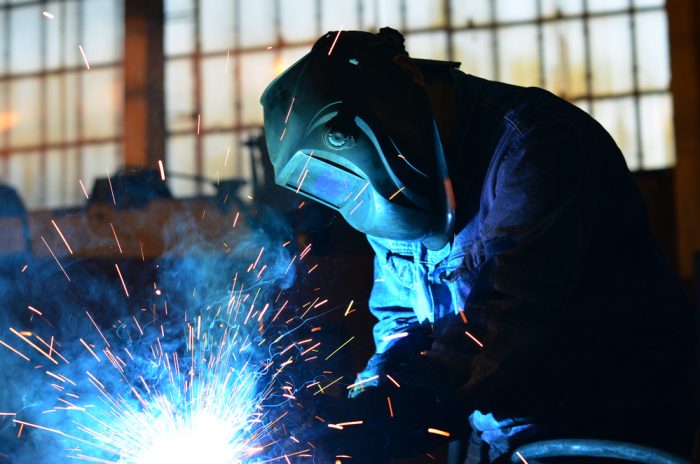
While there are a number of sheet metal fabrication processes, we’ll look at the most common ones:
Cutting
Sheet metal can be cut using methods such as shearing, plasma and laser. Shearing cuts through metal along a straight line while laser cutting uses a high-powered beam for extreme precision. Plasma cutting involves using a plasma torch to melt and cut.
Welding
Welding is one of the most common processes in fabrication involving the joining of two or more pieces fused together to create a permanent bond. Metal is melted to a high temperature to create a strong fusion between metal pieces.
Bending
Sheet metal bending involves creating different shapes and angles using a variety of bending tools, applying force to deform the metal. This is a common process used to fabricate components such as pipes, balustrades and more.
Drilling
Drilling involves creating a round hole in a workpiece to a specific size while ensuring the material retains its shape. It works for many applications where fasteners may be needed, such as those using screws and bolts or routing cables.
Finishing
For parts that have aesthetic value, polishing and powder coating can help to create a smooth finish to a fine degree. Finishes not only add visual appeal but can also provide an additional layer of protection for long-term durability.
In summary
Sheet metal fabrication can serve the needs of multiple industries, businesses and society. No matter where you fit into the supply chain, having a trusted and reliable fabrication specialist can make a huge difference to the process, quality and experience. As specialists in all types of metal fabrication for businesses across Sydney and Australia, we can help you make the right choices for your next project.



